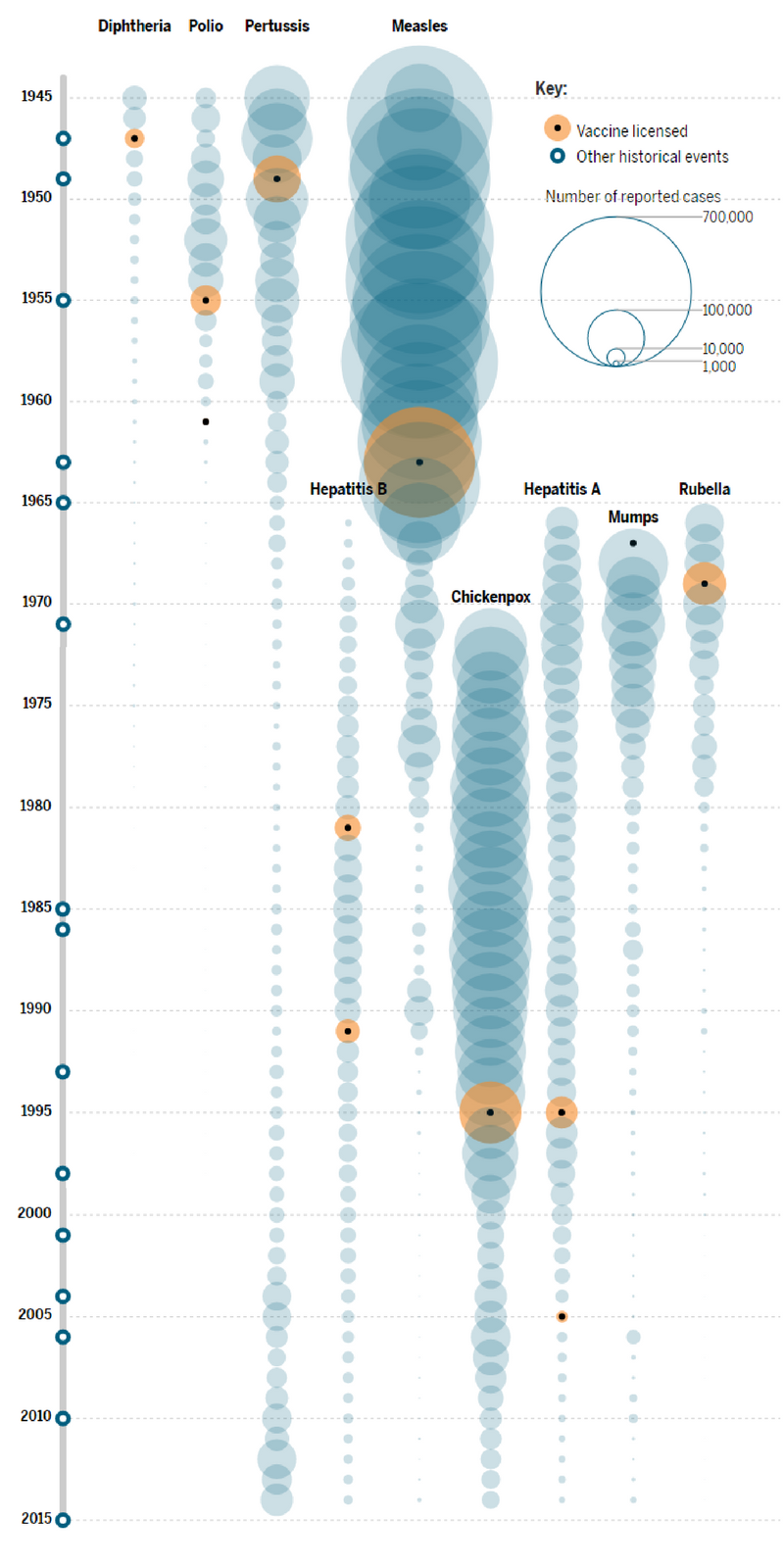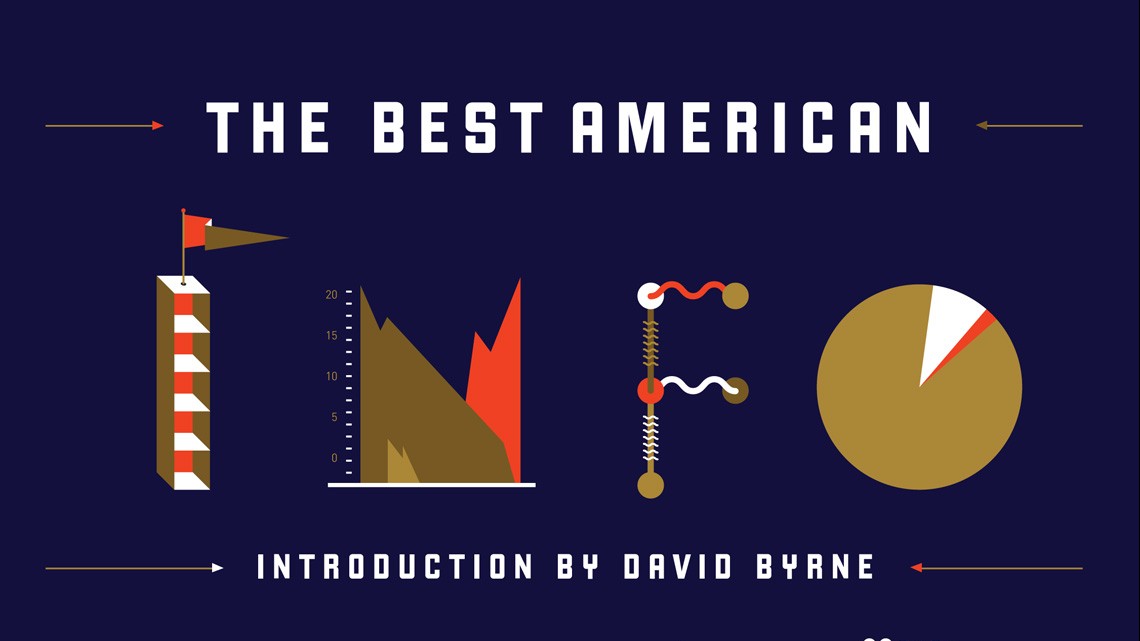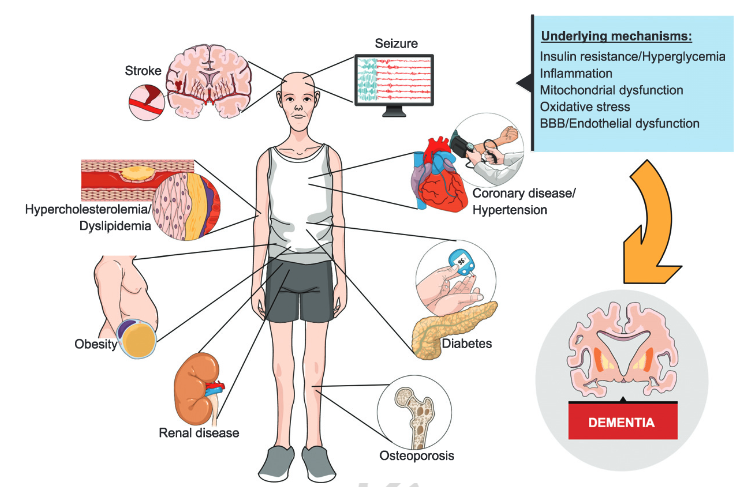Vaccines have been a controversial subject and much discussed recently. This was caused by the increase of anti-vaccination activists and outbreaks of contagious diseases, like measles, in United States and european countries, mainly Italy and Romenia.
A study published in The Lancet in 1998, by Andrew Wakefield suggested that the measles, mumps, and rubella (MMR) vaccine could trigger autism, increasing anti-vaccination campaigns and activism. After that, MMR vaccination rates among 2-year-olds in England dropped below 80%. With new discoveries about conflicts of interest1, Wakefield lost his medical license permanently and The Lancet retracted the paper in 2010, but the myth that vaccines can cause autism is still diffuse through social media.
Italy has recorded approximately 1,500 new cases of measles in the first four months of 2017, against 250 registered cases in all year of 2015. According to Independent2, in an attempt to combat “anti-scientific theories” and stop the outbreak of infectious diseases, the Italian government has made 12 vaccines mandatory for all school-age children. The health minister, Beatrice Lorenzin, said children will not be accepted into nursery or pre-schools without proof of vaccinations, while parents of children legally obliged to attend school will face hefty fines for noncompliance.
Visual science against vaccine misinformation
In the midst of this controversy, Science magazine published an infographic created By Meredith Wadman and Jia You in an article titled The vaccine wars, showing how Vaccines have beat back infectious diseases in United States.

“As once common diseases of childhood fade from public view, it is understandable that parents’ attention would shift from the fear of disease to concerns about risks of the vaccines themselves. The articles in this issue debunk myths old and new about these risks, while acknowledging the real, rare vaccine injuries that do occur. Identifying the best ways to convince hesitant parents of this calculus in an age of internet-fed misinformation is an ongoing challenge for researchers” 3
The value of visual science
This is an example that science can not be only for scientists. In fact, science needs to be more clear and visual, reach social media and avoid misinformation. If you feel your research needs to be more visual and reach more people too, you can create infographics and scientific presentations to help people understand it. You can use Mind the Graph for this, try it for free.
- Four vaccine myths and where they came from.
- Italy makes 12 vaccines mandatory for school children in an attempt to combat ‘anti-scientific theories’
- The vaccine wars.

Subscribe to our newsletter
Exclusive high quality content about effective visual
communication in science.




